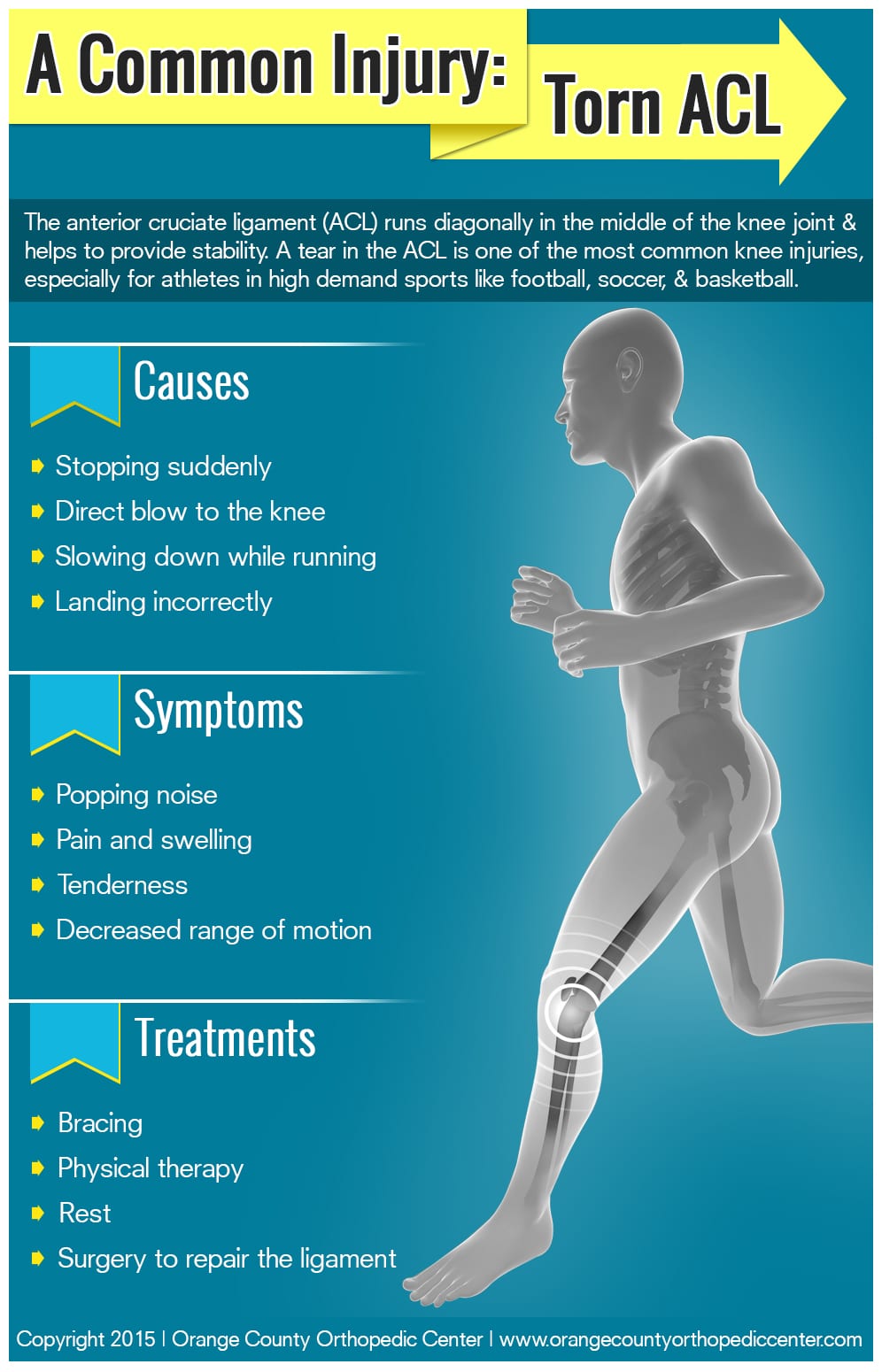ACL (Anterior Cruciate Ligament) injuries are a common occurrence in the fields of sports and physical activities. This type of injury typically affects athletes participating in high-demand sports such as soccer, basketball, and skiing. The ACL is a crucial ligament that stabilizes the knee joint, and damage to it can have serious implications for an individual’s physical capabilities and overall quality of life.
ACL injury severity can range from mild sprains to complete tears, and the seriousness of the injury depends on various factors including the person’s age, fitness level, and the extent of damage. When an ACL injury occurs, individuals often experience sharp pain, swelling, and instability in the knee. They may find it challenging to perform activities that involve sudden changes in direction or pivoting motions. The long-term consequences can also include the development of osteoarthritis, leading to chronic pain and further limitations on physical activities.
Treatment for ACL injuries can vary depending on the severity of the injury and the individual’s goals. Non-surgical options such as physical therapy and rehabilitation exercises are often recommended for individuals with mild ACL sprains. However, more severe ACL tears often require surgical intervention to repair or reconstruct the damaged ligament. Surgical procedures involve replacing the torn ligament with either a piece of the patient’s own tissue or a synthetic graft. Following surgery, individuals will undergo a structured rehabilitation program to regain strength, stability, and mobility in the affected knee.
Prevention plays a crucial role in reducing the risk of ACL injuries. Engaging in regular strength and conditioning exercises, utilizing proper techniques during physical activities, and wearing appropriate protective gear can all help minimize the likelihood of ACL injuries. Additionally, athletes should prioritize warm-up exercises and gradually increase their intensity levels to prepare their bodies for the demands of their sport.
In conclusion, ACL injuries can have a significant impact on an individual’s life, causing pain, instability, and limitations in physical activities. Seeking appropriate medical attention, following a tailored treatment plan, and implementing preventive measures can help reduce the severity and occurrence of ACL injuries, allowing individuals to maintain an active and healthy lifestyle.
Can ACL injury heal without surgery?
Very minor tears (sprains) may heal with non-surgical treatments and regenerative medicine therapy. But full ACL tears cannot be healed without surgery. If your activities do not involve making pivoting movements on the knee, physical therapy rehabilitation may be all you need.
Can you still walk with a torn ACL?
With ACL tears, walking is possible but can be painful. The patient should be able to walk in a straight line but will be unable to make sudden turns or pivot. A knee brace can help stabilize the knee, but with ACL tears, surgery is almost always required.
How do I know if my ACL is damaged?
Signs and symptoms of an ACL injury usually include: A loud pop or a “popping” sensation in the knee. Severe pain and inability to continue activity. Rapid swelling.Dec 1, 2022
Can you still walk with a damaged ACL?
If the MCL or ACL tears, the result is usually pain, swelling, stiffness, and instability. In most cases, the injured person can still walk with the torn knee ligament. But the movement will be severely limited, not to mention painful. Surgery may be the best route to a pain-free life, with amazing success rates.

What are the steps to finding a quality doctor?
– Determine Which Doctors Are “In-Network” …
– Find a Doctor with Expertise that Meets Your Health Needs. …
– Ask for Referrals. …
– Think About Logistics. …
– Visit the Doctor.
![]()
How do I make an appointment at Albany family Medicine?
Call the office to schedule an appointment at 518-207-2273 or request an appointment in your patient portal account.
How do you identify a good doctor?
– Sign #1: They listen to you. …
– Sign #2: They ask you questions. …
– Sign #3: They show concern for your feelings. …
– Sign #4: They explain things in a way that makes sense to you. …
– Sign #5: They include you in making decisions. …
– Sign #6: They make you feel comfortable talking about personal information.
How do you know if a doctor is good or not?
– Large number of referrals from doctors. …
– Treats a large volume of patients with your condition. …
– Authoring publications and speaking at events. …
– Connections with other experts.



